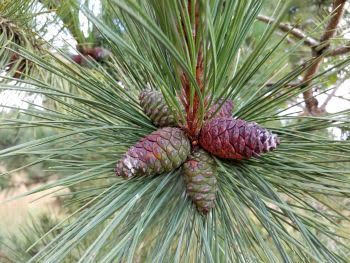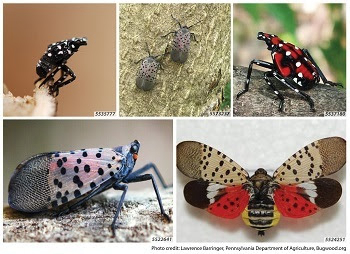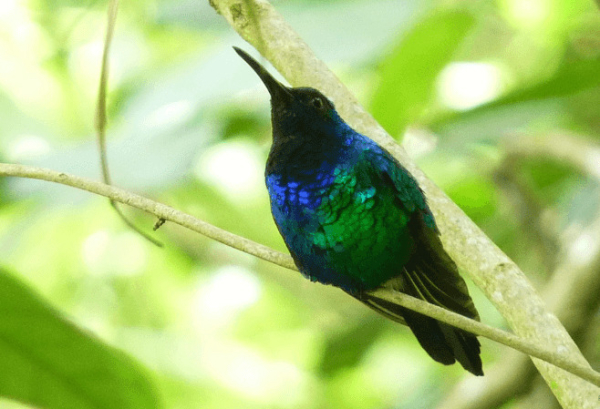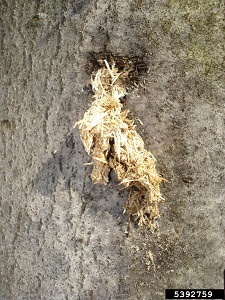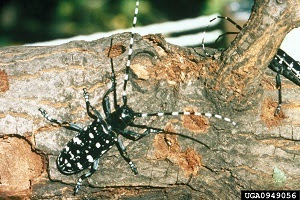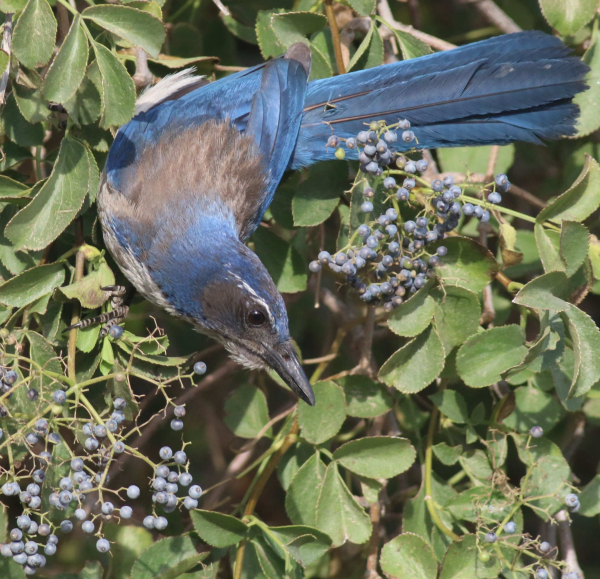May pond counts are 4% above the long-term average, which should lead to good duck production and a strong fall flight

BISMARCK, NORTH DAKOTA — After being cancelled for the previous two years by concerns over COVID-19, the U.S. Fish and Wildlife Service and Canadian Wildlife Service were able to conduct the annual Waterfowl Breeding Population and Habitat Survey this spring. The results were released today in USFWS 2022 Waterfowl Status Report.
The survey, which is used to set hunting regulations throughout North America, put the total spring breeding population index at 34.2 million ducks, which is 4% below the long-term average and 12% below the 2019 index. Importantly, the May pond count, a key indicator of duck production potential, showed 5.45 million ponds, which is 4% above the long-term average and 9% above the 2019 index.
“Given the widespread dry conditions last year across most of the prairies where ducks breed, it’s not surprising that the breeding population number is lower than it had been throughout most of the 2010s,” said Dr. Chris Nicolai, waterfowl scientist for Delta Waterfowl. “The good news is that much of the prairie — especially the Dakotas, Manitoba, and eastern Saskatchewan — was really wet this spring. Duck production should be good to excellent across the eastern part of the prairie and in the northern areas, too.”
Duck production is typically high the first year following a drought, said Dr. Frank Rohwer, Delta’s president and chief scientist.
“Predators have a hard time in drought years just like ducks do, so ducks tend to get a break the when the water comes back on the prairies,” he said. “Our Predator Management sites and duck nesting surveys are showing very high nest success this year.”
Delving into the survey results, the breeding mallard population was estimated at 7.22 million, which is 9% below the long-term average in the survey, which dates back to 1955. In fact, the breeding mallard population is the lowest since 2005. Still, mallard production should be good this year across much of the prairie.
Blue-winged teal, the second-most abundant duck in the survey at 6.49 million, are 27% above the long-term average and 19% above the 2019 population. Green-winged teal indexed at 2.17 million, a 32% decrease from 2019 but right at the long-term average.
“Teal numbers are the surprise of the survey,” Rohwer said. “It’s the opposite of what we might expect, with bluewings being so high and greenwings being down.”
Among other puddle ducks, gadwalls came in at 2.67 million, down 18% but still 30% above the long-term average. Wigeon declined 25% to 2.13 million, 19% below the long-term average, while shovelers at 3.04 million remain 15% above the long-term average.
Read more
